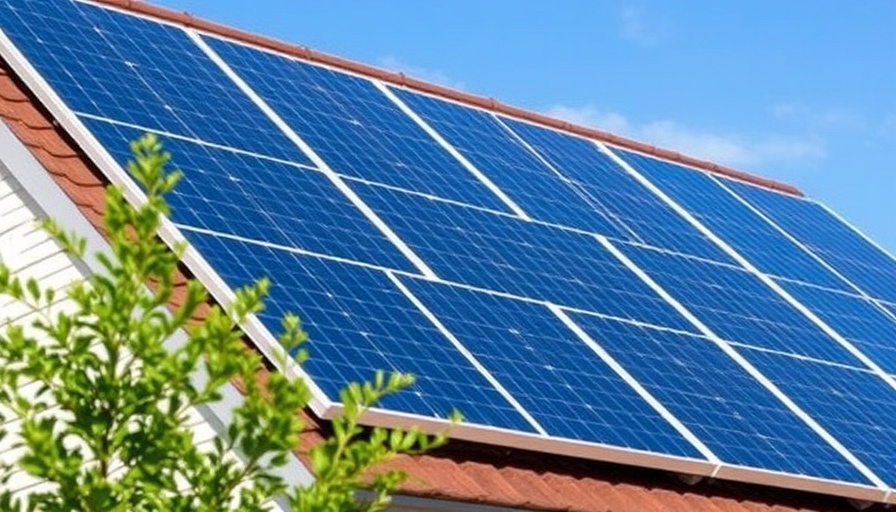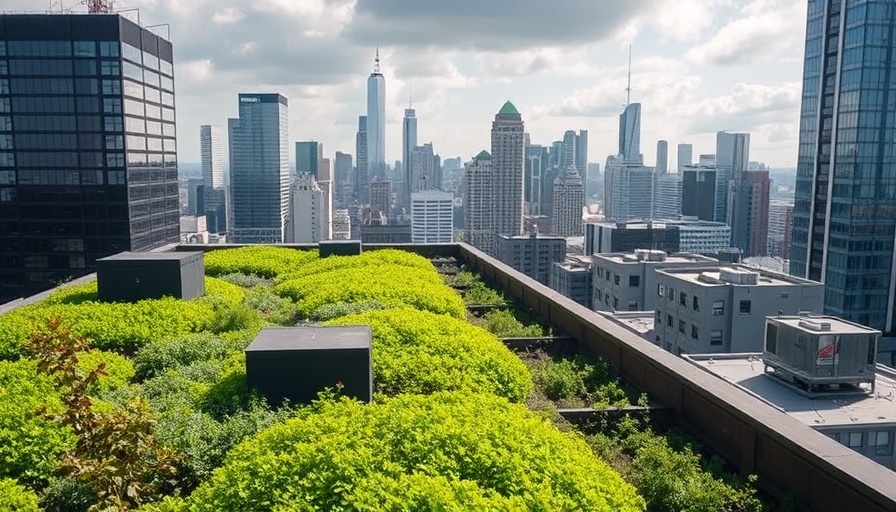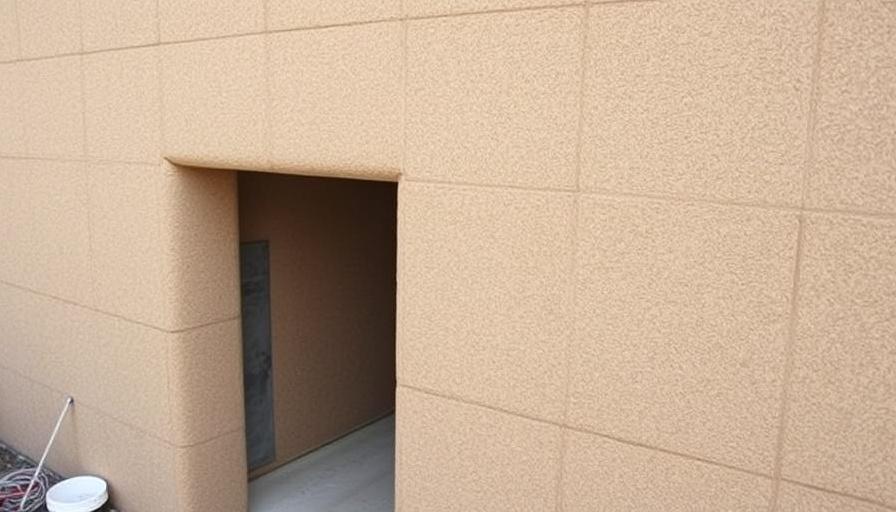
The Solar Revolution: Why Homeowners Should Act Now
As we enter 2025, the case for solar energy has never been stronger. Homeowners in London and around the world are increasingly turning to solar panels not simply as an eco-friendly alternative, but as a smart investment that promise long-term savings and energy independence. The evolution of solar technology, paired with generous government incentives, has transformed residential solar energy from a niche to a norm.
The Advantages of Solar Panels
One of the most compelling reasons for homeowners to consider solar is the potential financial benefits. An investment in solar energy can substantially reduce monthly utility bills, especially when coupled with government incentives, which may significantly lower the upfront costs. In places like Canada and the US, homeowners can access various grants and rebates that make the transition more financially feasible.
Choosing the Right Solar System
Selecting the right type of solar panel system is essential for optimizing energy production and affordability. Homeowners face a choice between traditional solar photovoltaic (PV) panels and newer technologies like solar shingles or tiles, which blend seamlessly with the roof. Understanding the specific energy needs of your household will guide this decision, ensuring that any system installed aligns with both current energy demands and future sustainability goals.
Understanding Installation and Maintenance Costs
Many potential users often hesitate due to perceived installation and maintenance costs. However, it is crucial to remember that these costs are declining. Installation prices have dropped significantly over the years and are expected to continue doing so as technology advances. Additionally, in London, local experts are available to help navigate this process, ensuring that homeowners make informed choices.
Future Trends in Solar Technology
The solar landscape is constantly evolving and keeping an eye on emerging technologies is essential for homeowners. Innovations like smart solar panels with built-in energy storage, which can optimize energy consumption based on household patterns, are paving the way for a more efficient energy future. Furthermore, new battery technologies are expected to enhance the reliability of solar power, allowing homeowners to store and use energy more effectively.
Environmental Impact and Incentives
By investing in solar panels, homeowners are not just making a financial decision but are also contributing positively to the environment. Solar energy reduces dependency on fossil fuels, lowers carbon footprints, and promotes cleaner air. Various government incentives aim to reward these eco-conscious choices, underscoring the importance of renewable energy in tackling climate change.
Local Perspectives: Solar Energy in London
In London, a growing awareness of sustainability is encouraging residents to explore renewable solutions. Solar panel installations have begun to pick up pace, not only helping homeowners save on energy costs but also contributing to the city's overall reduction in emissions. Local municipalities are supporting this movement through grants and public awareness campaigns, making it easier for residents to adopt solar technology.
Taking the Next Step
For homeowners in London considering solar energy, the time to act is now. Whether you're motivated by environmental concerns, financial savings, or both, understanding the landscape of solar technology and available resources can empower you to make impactful choices. Explore local programs and connect with solar experts to take full advantage of the current solar revolution.
 Add Row
Add Row  Add
Add 




Write A Comment